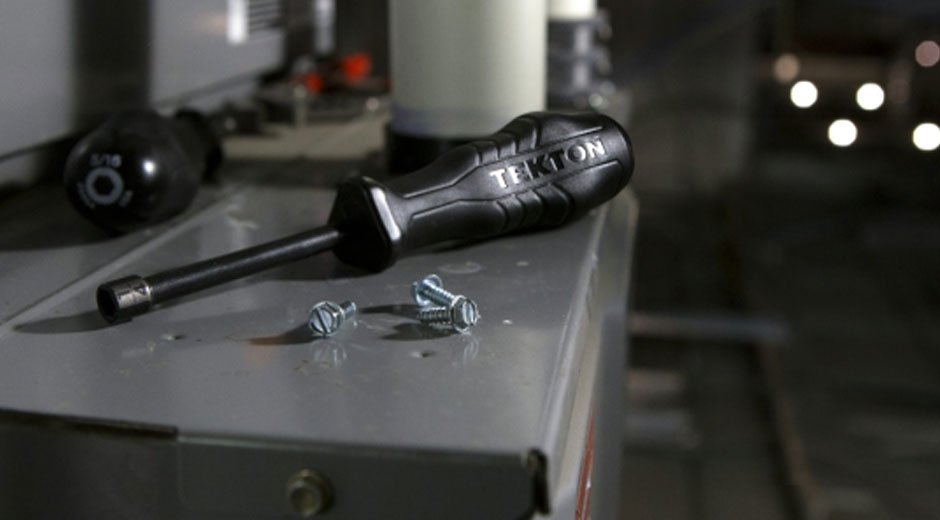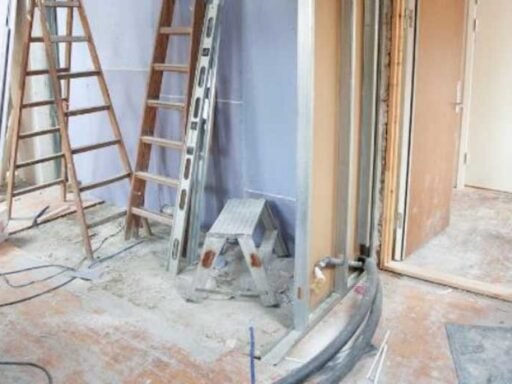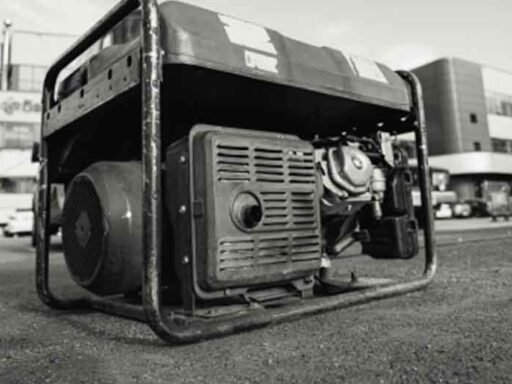Modern heating systems often come with programmable or smart thermostats, allowing homeowners to schedule temperature settings in advance. This creates an impression that once the desired schedule is entered, the system will operate flawlessly on autopilot. However, reality often challenges this assumption.
Heating systems are dynamic, influenced by external weather conditions, insulation levels, system age, and even daily household habits. The concept of “set it and forget it” may sound appealing, but in many cases, it falls short, leading to inefficiency, discomfort, and unexpected costs.
Understanding why this approach doesn’t always work requires exploring how heating systems interact with their environment, why they fail to adapt perfectly to shifting conditions, and what steps can be taken to strike a balance between convenience and control.
Balancing Comfort and Cost
Homeowners often believe that programming a thermostat once is enough to ensure comfort throughout the season. In reality, heating requirements are not static. Factors like fluctuating outside temperatures, differences in room insulation, and occupancy patterns significantly impact indoor comfort.
A system left on autopilot can either overheat the space during milder days or underperform during sudden cold spells. Simple heating efficiency tips, applied consciously and periodically, can help refine system performance.
For example, monitoring how long it takes for rooms to reach desired warmth, evaluating whether the heat cycles feel too short or too prolonged, and recalibrating the thermostat accordingly can lead to better results. This proactive involvement ensures that the system does not waste energy when conditions change and prevents unnecessary wear on components.
The Illusion of Predictability
Heating needs are rarely predictable. Weather does not follow a precise pattern, and daily life adds another layer of variability. A day spent mostly at home requires different heating cycles compared to a day when everyone leaves early and returns late. A “set it and forget it” approach assumes stability in both environment and lifestyle, but reality rarely aligns with this expectation.
Sudden drops in temperature may demand longer heating cycles to maintain comfort, while unexpected sunny afternoons might leave the system running unnecessarily. This mismatch results in either wasted energy or discomfort.
The Role of System Age and Maintenance
Older heating systems, in particular, demonstrate why a hands-off approach is unreliable. Over time, components lose efficiency, filters become clogged, and calibration drifts. A thermostat programmed months earlier may no longer sync with the system’s declining responsiveness. In such cases, the system may run longer than needed, driving up energy bills, or fail to distribute heat evenly across rooms. Regular maintenance, including cleaning, inspections, and timely part replacements, becomes essential to ensure the system continues to perform as expected.
Smart Technology: Helpful but Not Infallible
The rise of smart thermostats has amplified the idea that heating can be fully automated. These devices learn user habits, detect occupancy, and even integrate weather forecasts to fine-tune heating cycles. While they certainly provide more precision than traditional programmable models, they are not immune to limitations. Incorrect setup, poor sensor placement, or misinterpretation of usage patterns can cause issues. For example, a thermostat located near a drafty door may signal the system to run longer than necessary, while one installed in a warm corner may prematurely end cycles, leaving other rooms cold.
Environmental and Structural Factors
The performance of a heating system is not determined by the thermostat alone. Insulation quality, window seals, duct integrity, and even furniture placement can influence how heat is distributed. A well-programmed system may still struggle if warm air leaks through poorly sealed windows or if ducts are partially obstructed. Similarly, rooms with different exposures—such as one facing direct afternoon sun versus one shaded all day—will not warm up uniformly. In such cases, “set it and forget it” leaves some areas overheated while others remain uncomfortably cold.
Human Comfort Is Not Static
Comfort is not purely about temperature—it is about perception. Humidity levels, air circulation, and even clothing choices alter how warm or cold a space feels. For example, a thermostat may indicate 70°F, but if the humidity is low, the air may feel cooler, prompting occupants to raise the setting unnecessarily. Conversely, if air circulation is uneven, certain areas may feel stuffy while others remain drafty. These nuances highlight why human comfort cannot be programmed once and left untouched.
The Cost of Overreliance on Automation
Energy costs often reveal the hidden price of a “set it and forget it” mindset. Systems running when they are not needed, operating at higher intensities than required, or compensating for overlooked inefficiencies can create noticeable spikes in bills. This is particularly true during transitional seasons when outside temperatures fluctuate dramatically within the same week. Relying solely on automation assumes that pre-set cycles can anticipate these changes, but more often than not, they cannot.
Seasonal Adjustments Are Necessary
Heating needs in early winter are not the same as those in mid-winter or late winter. As the season progresses, houses lose or gain thermal momentum, and daily sunlight exposure shifts with shorter or longer days. A system programmed at the beginning of the season may not remain optimal throughout. Fine-tuning thermostat settings as the months pass ensures that the system adapts to evolving conditions.
The Human Element of Oversight
Ultimately, no heating system is fully self-sufficient. Human oversight remains necessary to recognize when the system is underperforming, when maintenance is overdue, or when environmental factors have shifted. The “set it and forget it” mindset often leads to complacency, delaying action until a major issue arises—such as uneven heating, loud system noises, or complete breakdown. By staying engaged, even in small ways, homeowners can identify and address problems before they escalate.
Allowing a heating system to run on autopilot appeals to the desire for convenience, but comfort, efficiency, and cost-effectiveness require more than blind trust in preset schedules. Conditions shift too frequently—whether due to weather, household activity, or system wear—for a hands-off approach to deliver consistent results.






